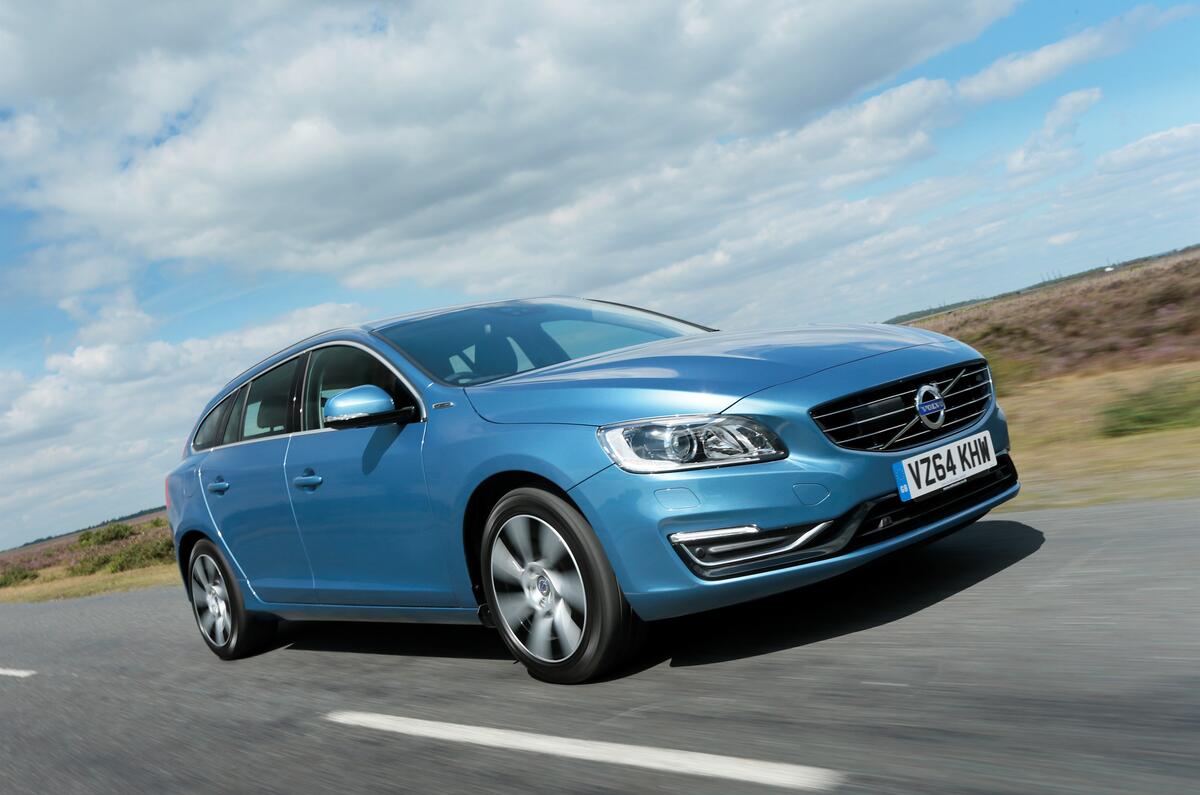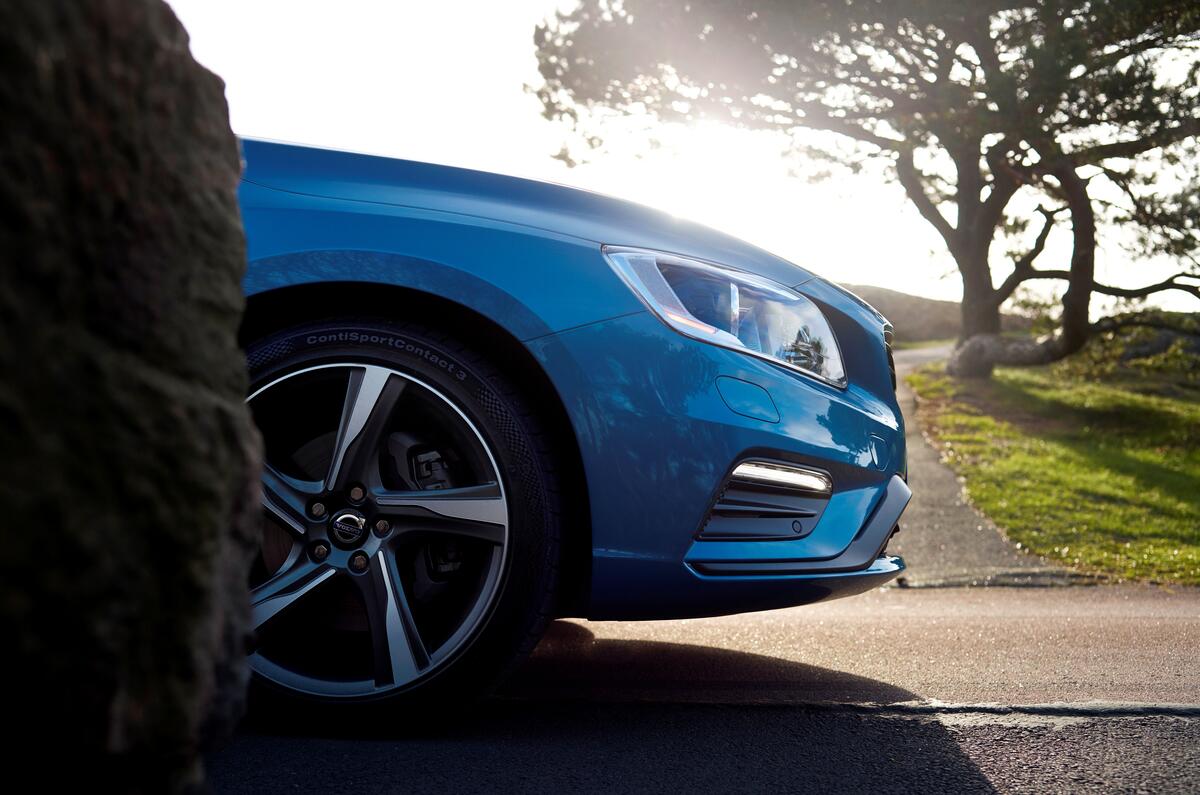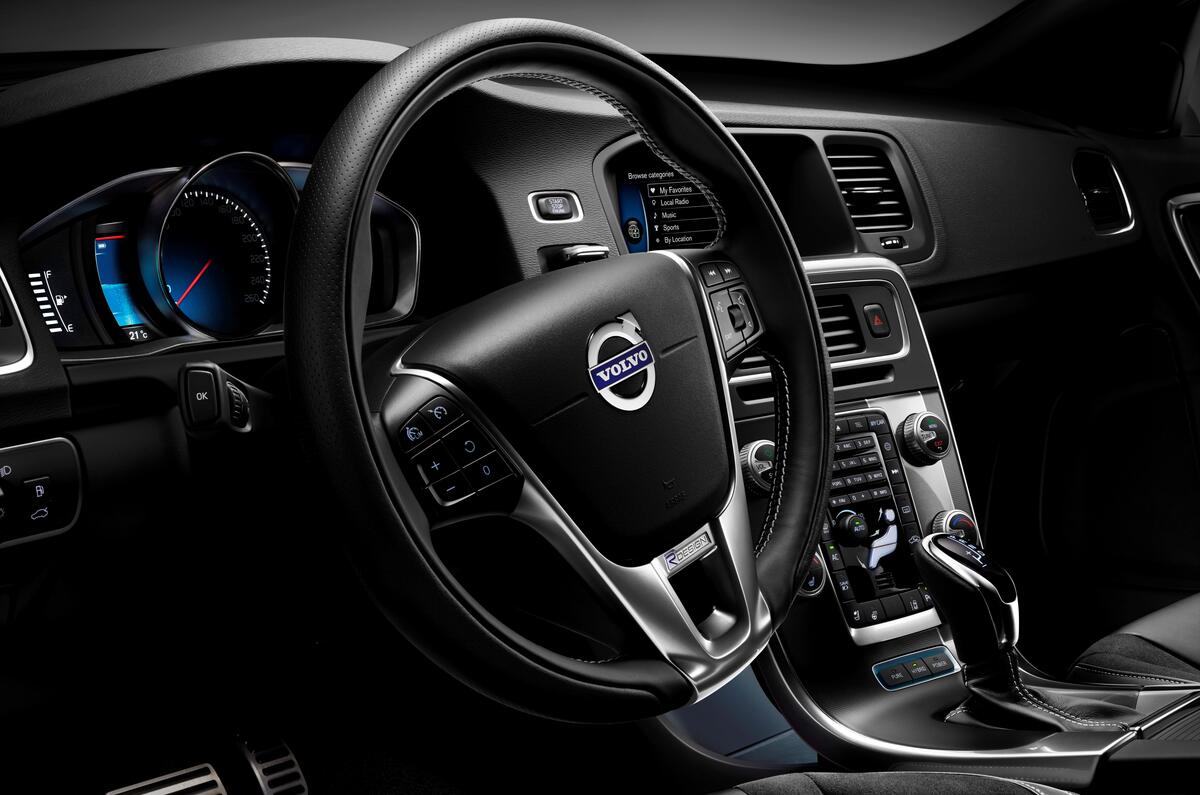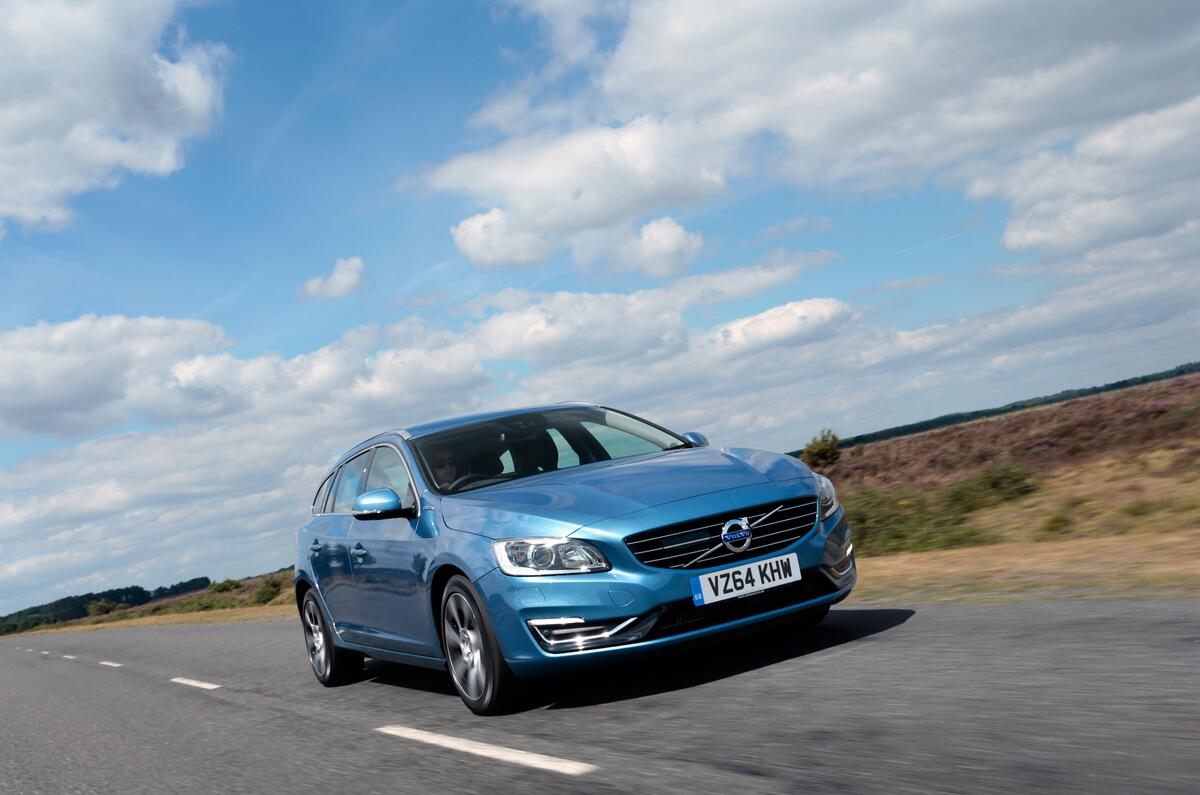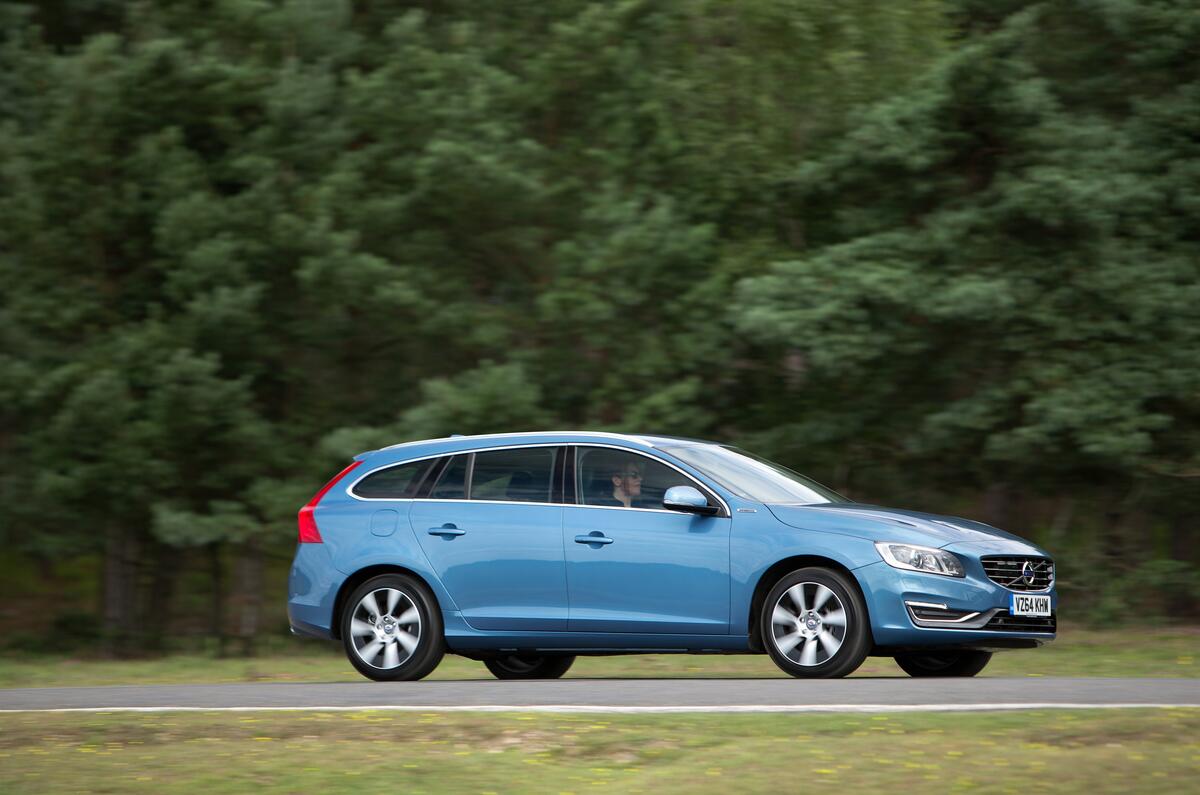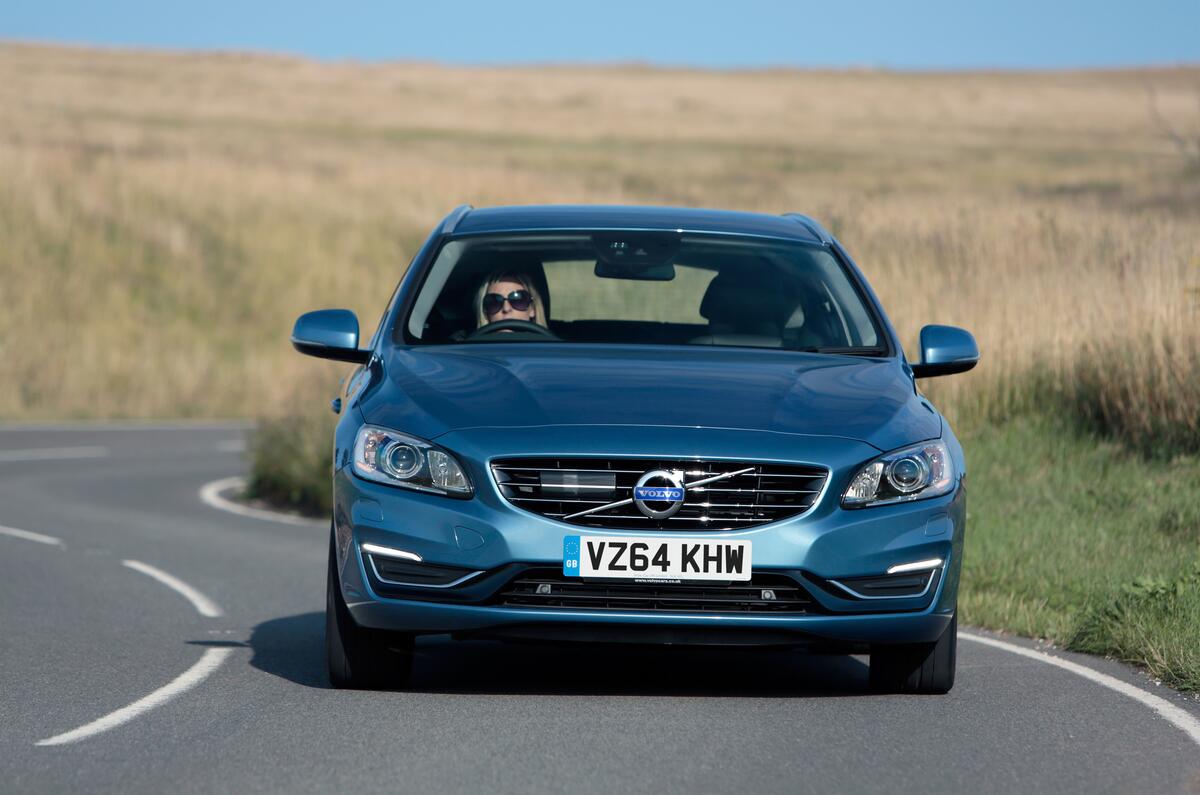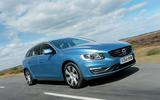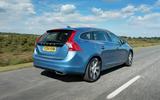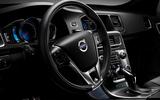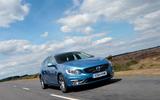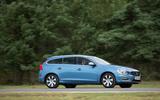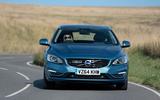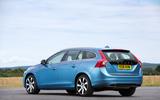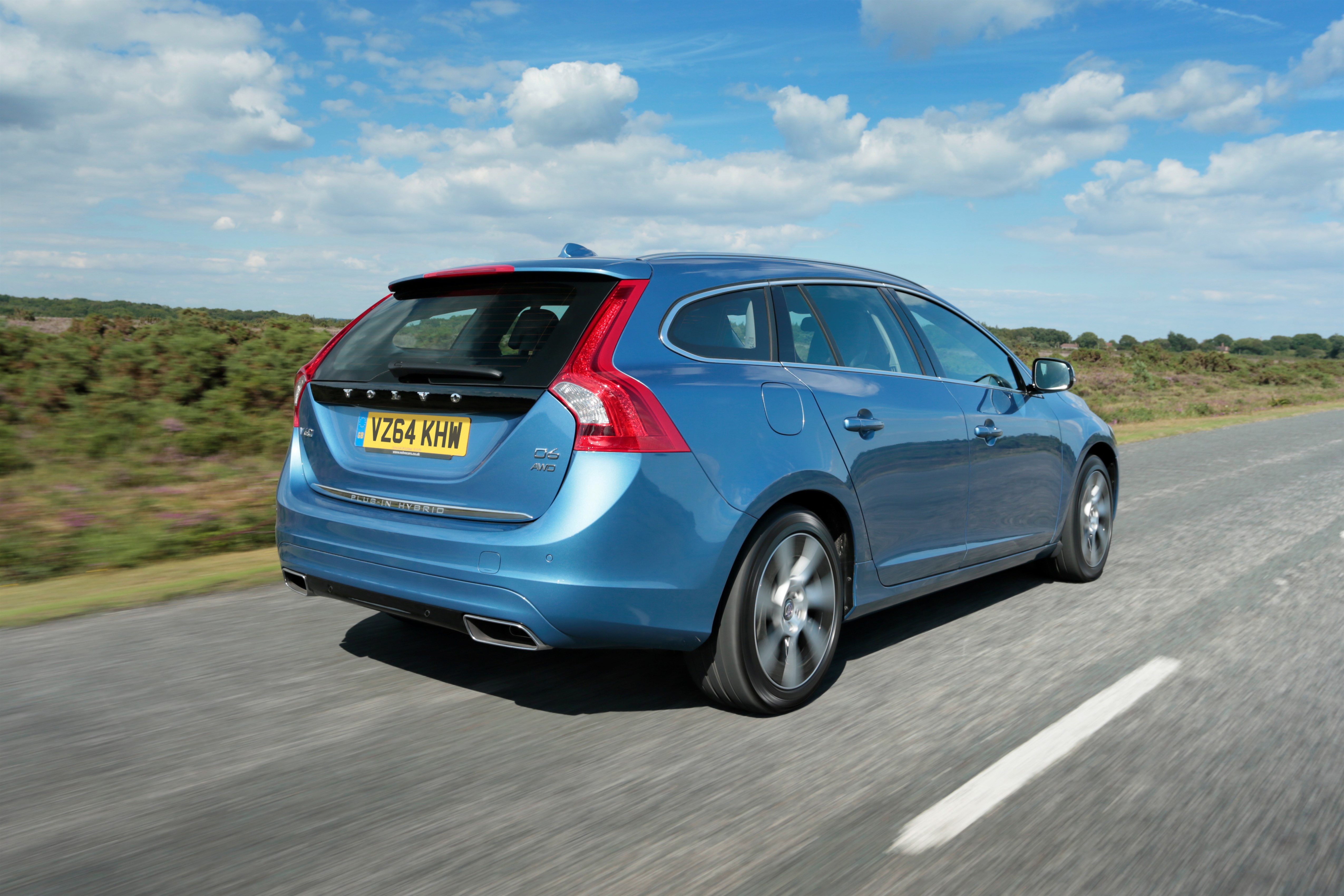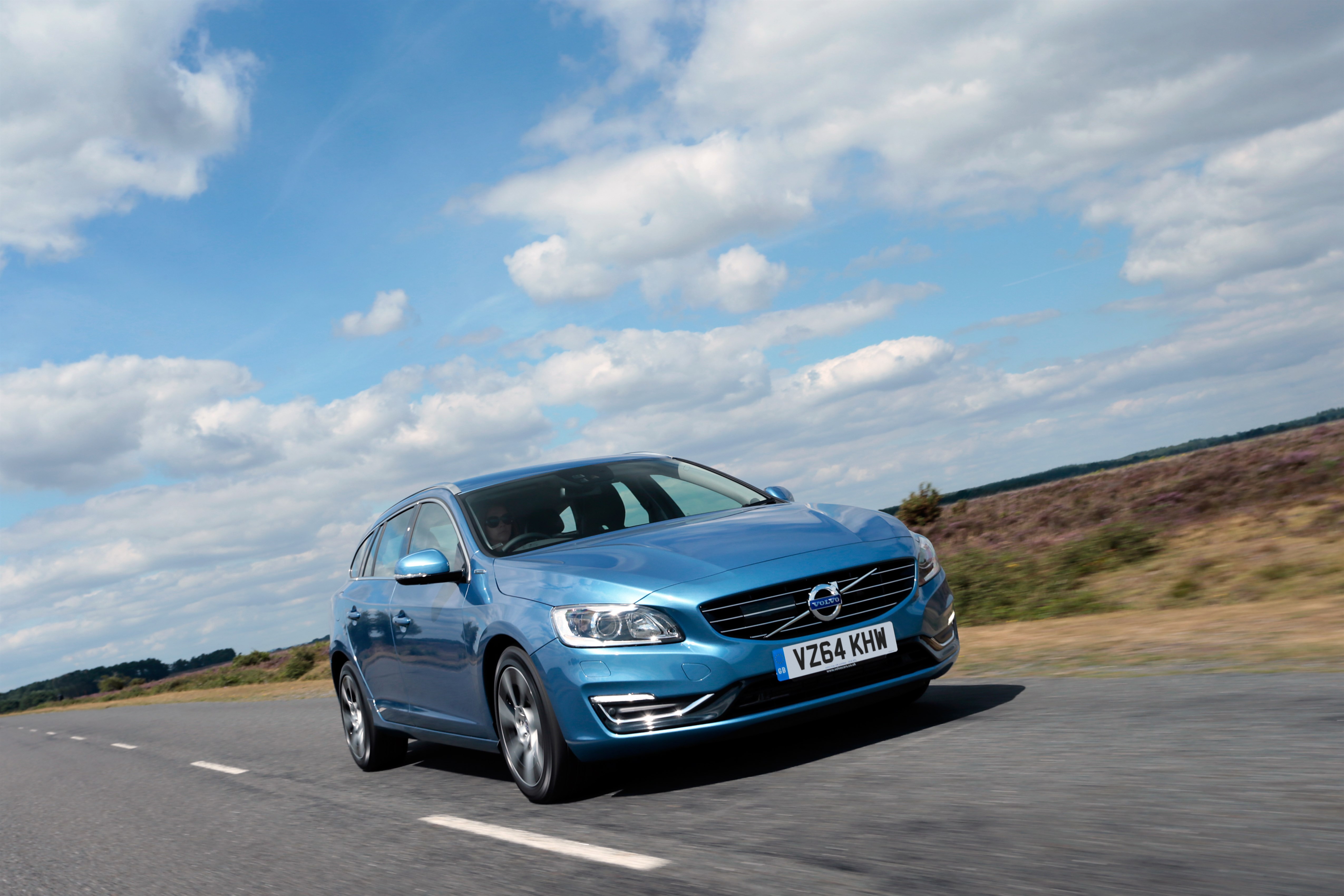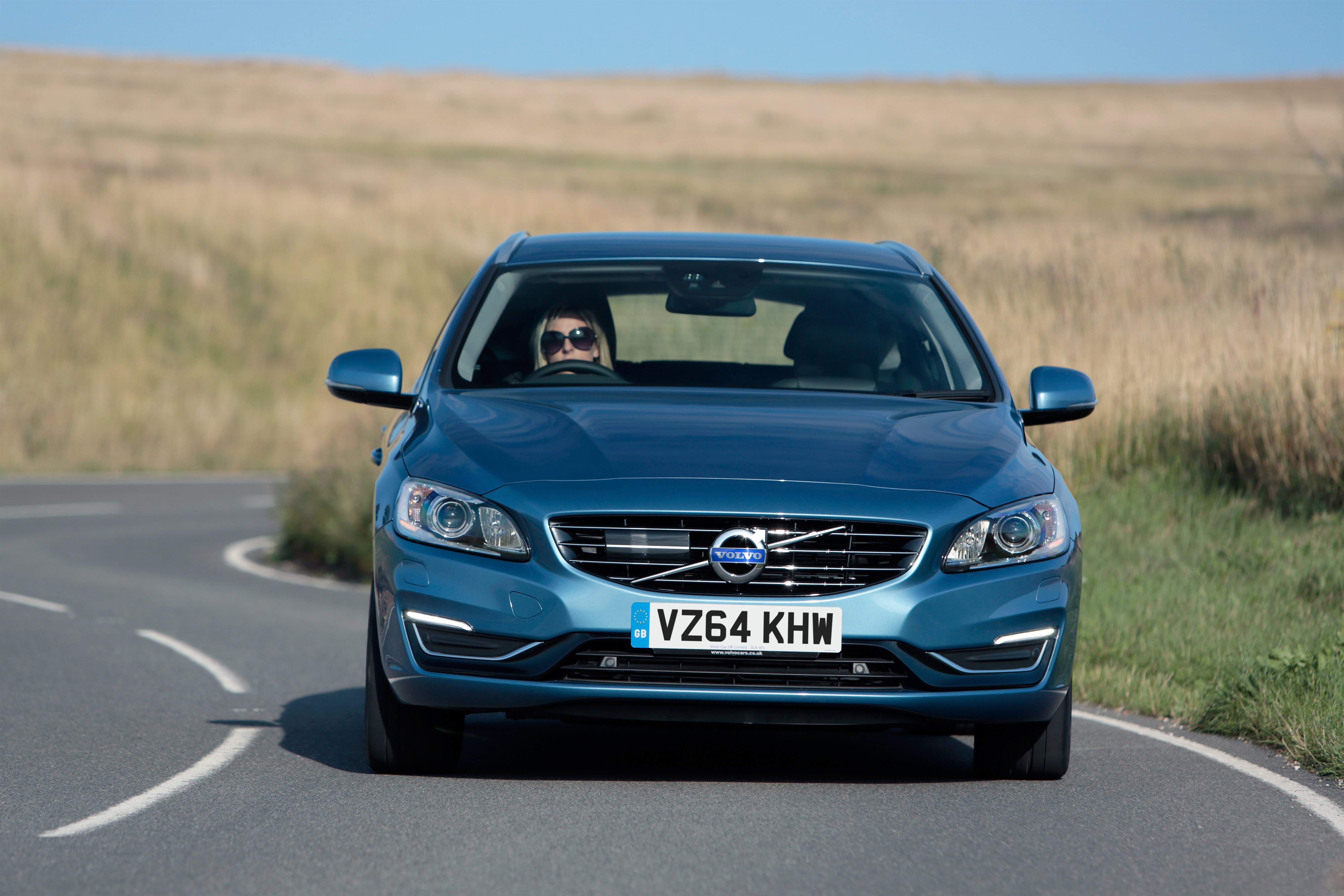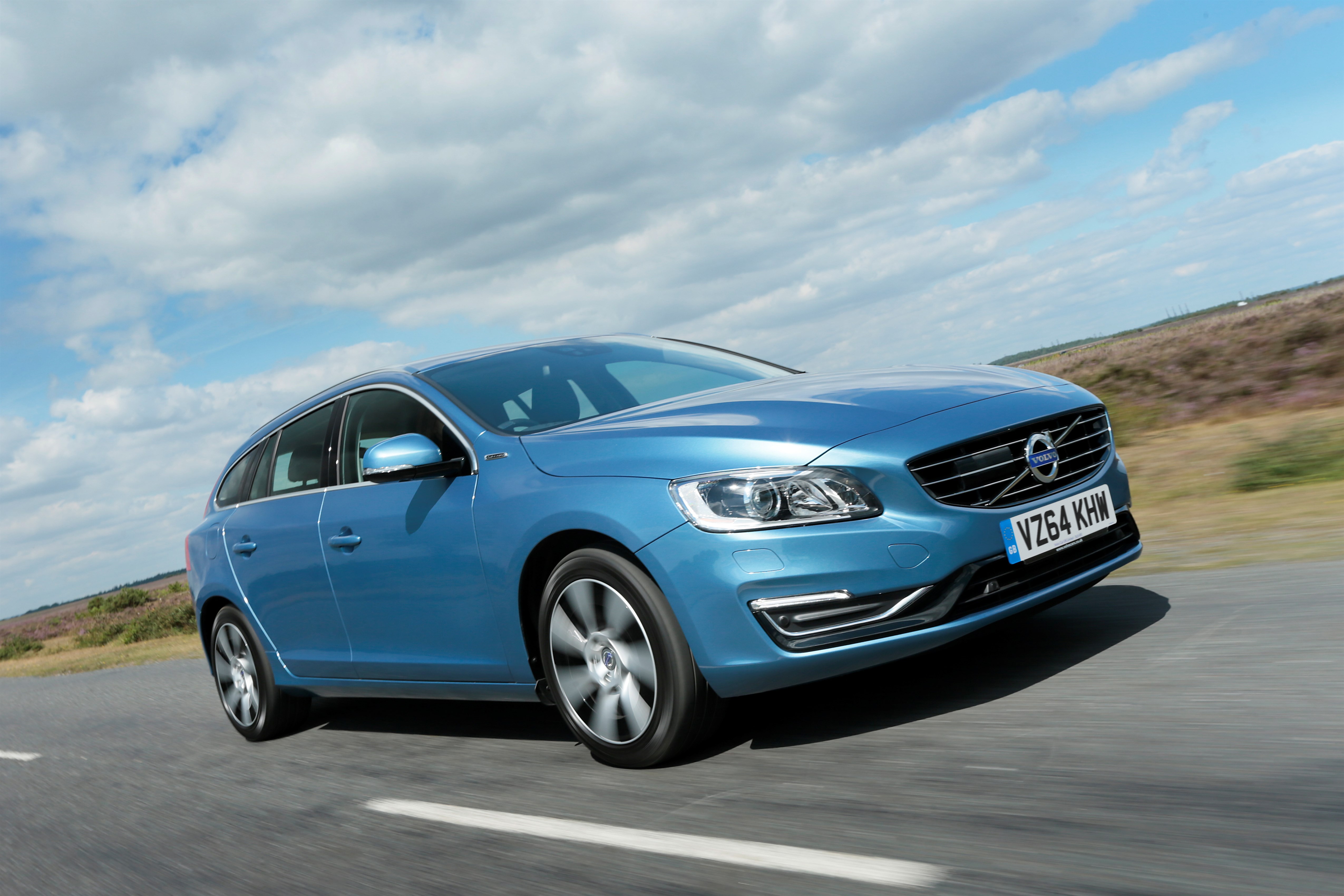The Volvo V60 is far removed from the Volvo estates of yesteryear. They were vast Swedish motherships with all the style of an aircraft hangar but a bit more space inside.
Driven by people with straw in their hair and porridge in their beards, they were the only cars on the road that actually looked better with every panel bashed in and 200,000 miles on the clock than they did when new. Now look at this glinting, curving, handsome slice of automotive sculpture and consider the journey Volvo has been on during these past few years.
Volvo won’t sell a single example of this new V60 estate to those interested only in an indestructible beast of burden. You’re never going to see one loaded up with trunks to take the little dears back to boarding school, because once they’re on board you’ll do well to get more than their tuck boxes in the load bay.
What you will see is V60s being sold to family fashionistas. Should they really abandon their Mercedes-Benzs, BMWs and Audis for a Volvo? If looks were the only means of measurement, the answer would be a fairly clear “yes” and we’d all be out of a job. As it is, there are some stern tests the new Volvo estate has to pass before we can judge whether it really is as good as it looks.
In 2014, Volvo refined that formula further by giving the mid-sized estate a more graceful stance and refining it engine line-up.


